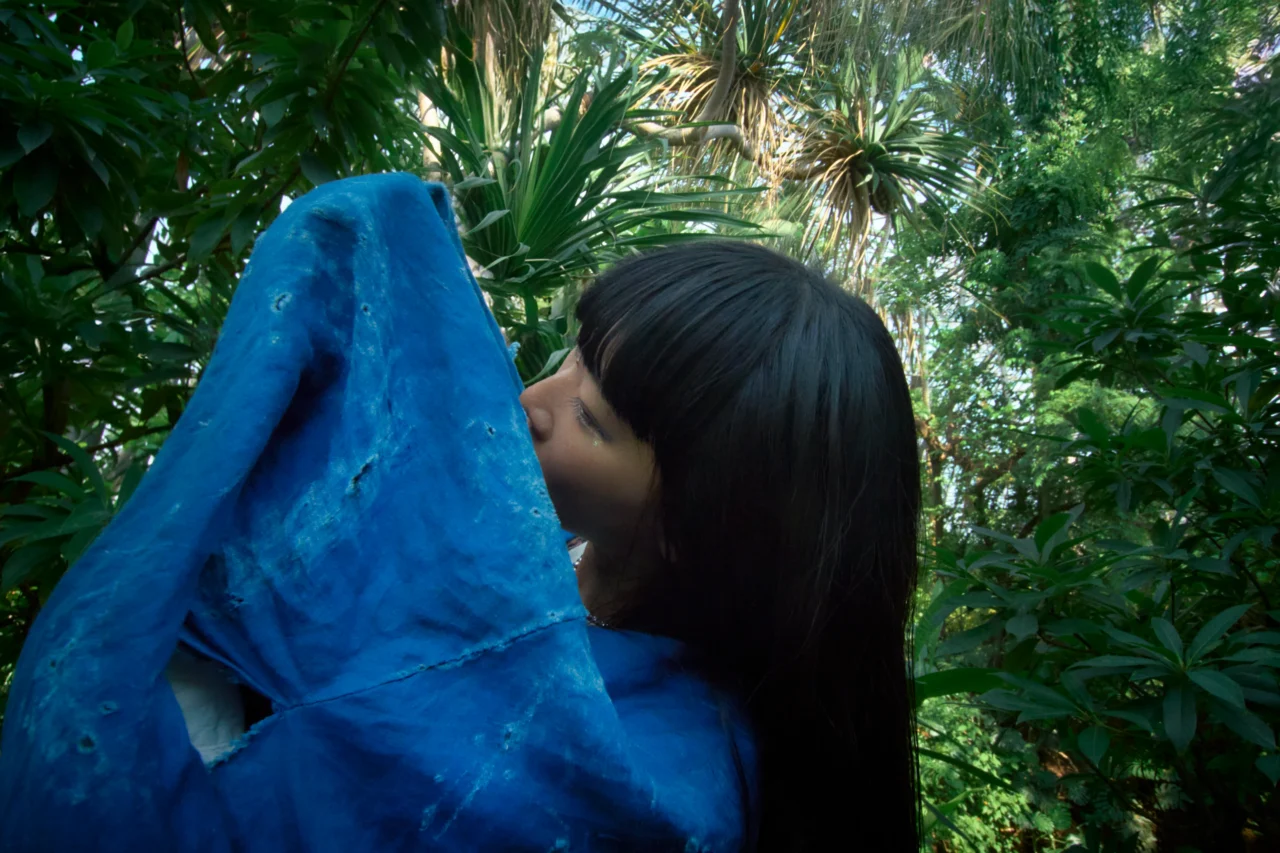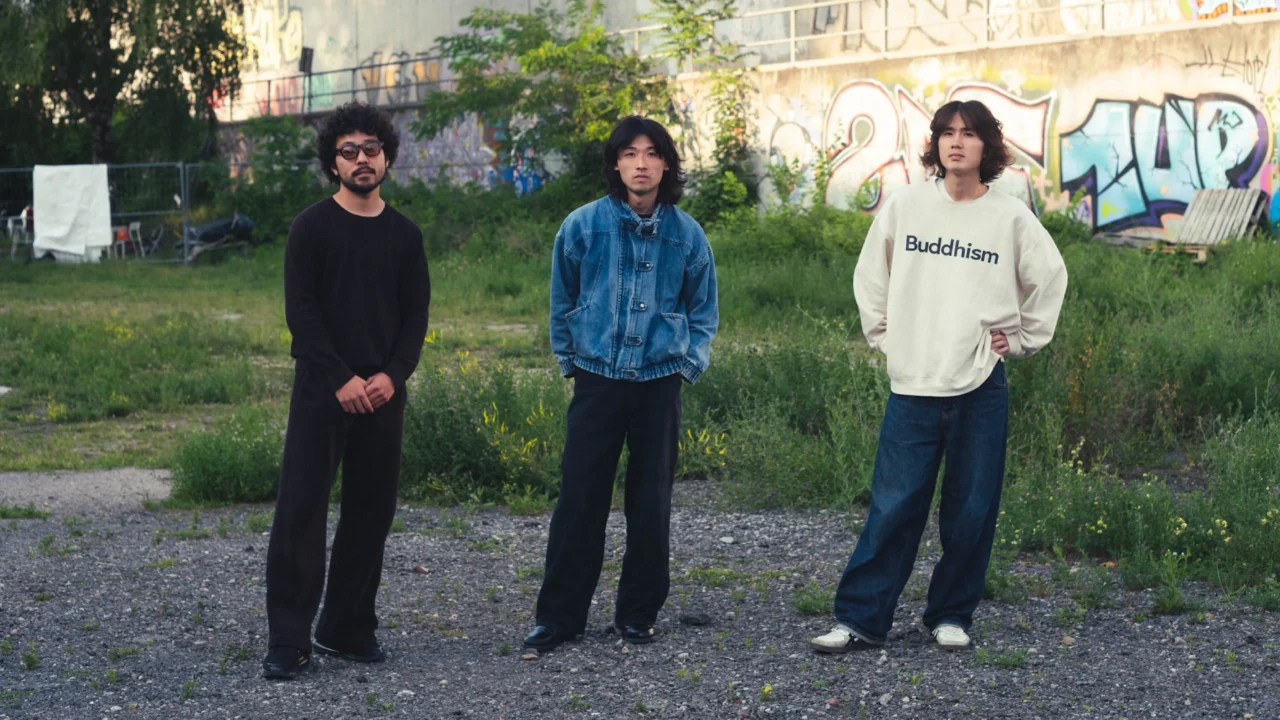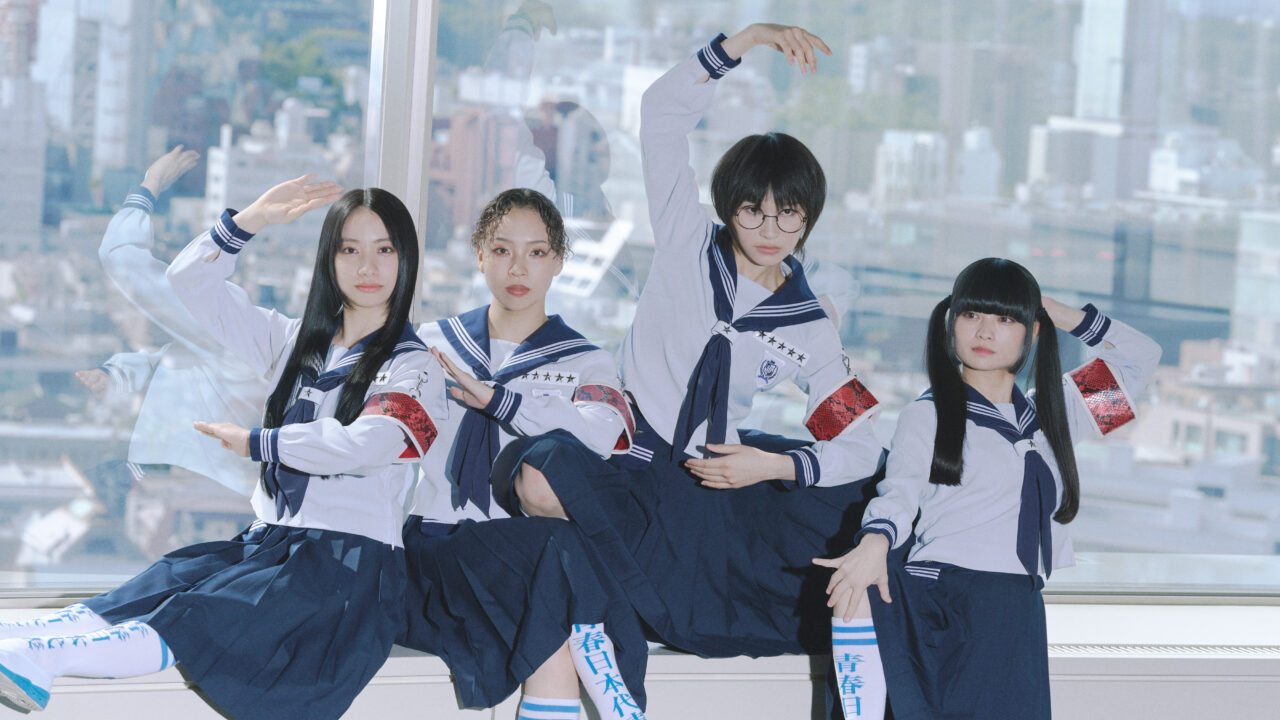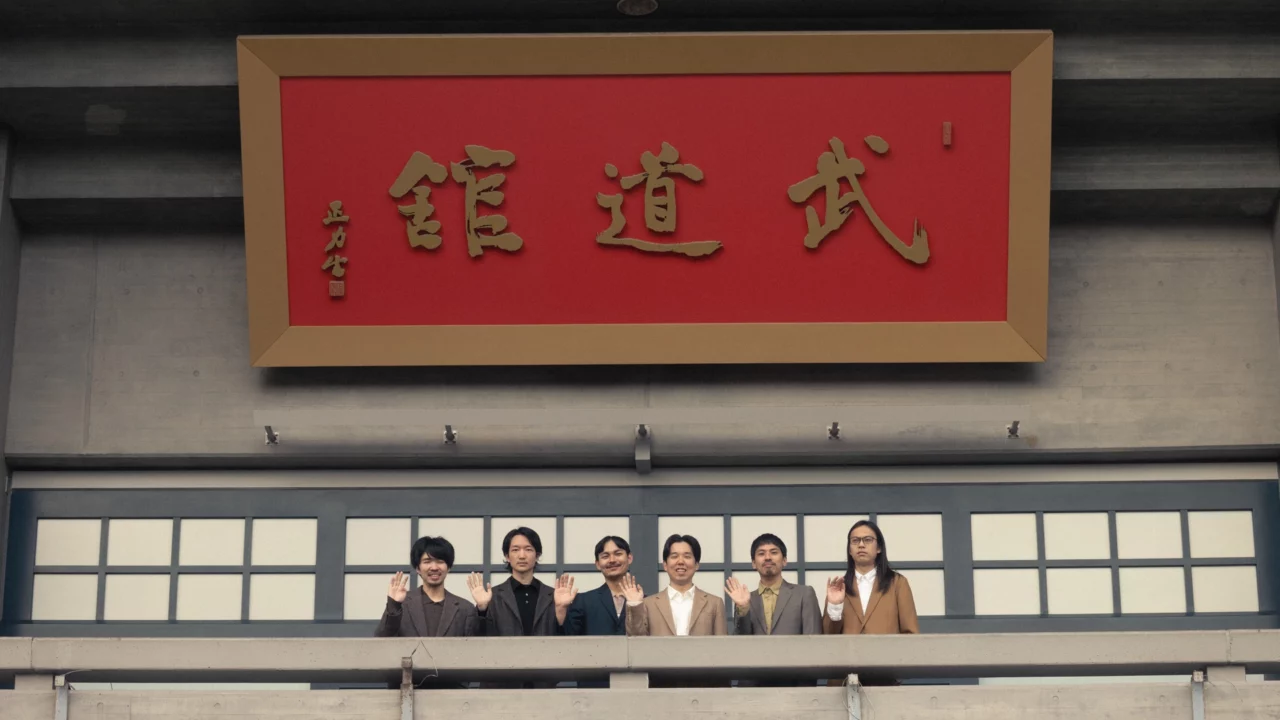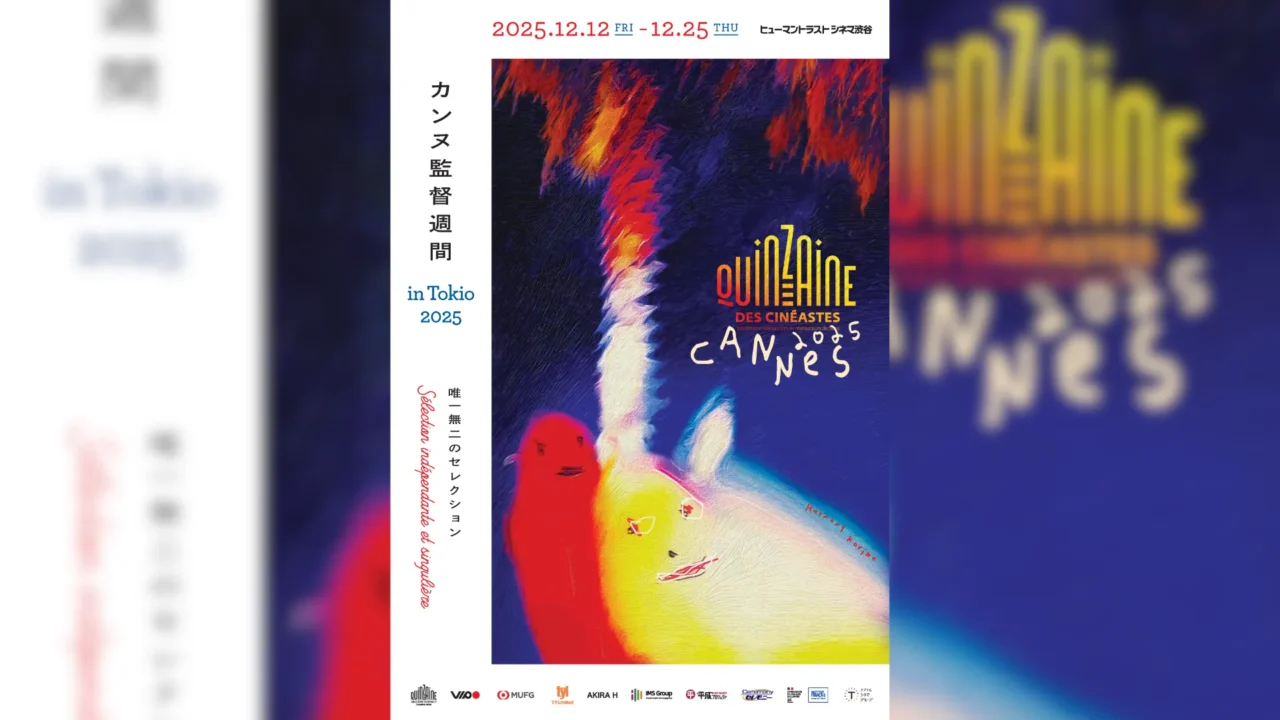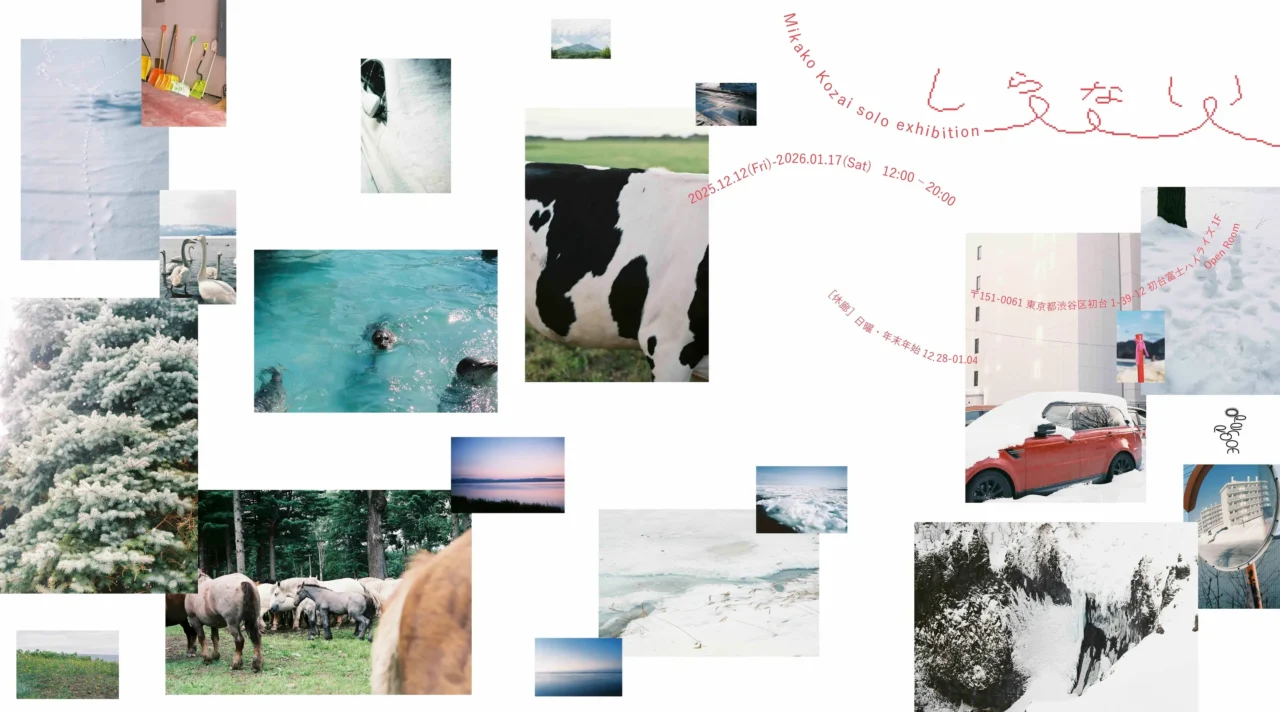A circle of friends connected by gootouchi! The “FIST BUMP” corner of the radio program “GRAND MARQUEE” features people who live and enjoy Tokyo in a relay format.
On October 25, Yoshiyasu Omae, a sushi chef at Sushi Daizen in Yurakucho, was introduced by Naho Okamoto, a designer and representative of the jewelry brand SIRI SIRI. In this interview, we asked him not only about how he became a sushi chef and Sushi Daizen’s business style, but also about his thoughts on his favorite radio.
INDEX
Transition from Photographer to Sushi Chef in the Family Business
Celeina (MC): After graduating from college and working as a photographer, Yoshiyasu Omae began working at Sushi Daizen, a sushi restaurant with only nine counter seats that his father, Mamoru Omae, opened under a guard in Yurakucho. Sushi Daizen has become popular for its free-flowing ideas, such as a menu structure that specializes in glistening dishes and the ability to bring your own alcohol.Mr.Omae, who stands at the counter, is also a big radio enthusiast.
Omae:Yes, I run a sushi restaurant. Pleased to meet you.
Takano (MC): So you like radio?
Omae:Radio is already a part of my life.
Celeina: What time do you listen to it?
Omae:I listen to it from the moment I leave the house, and of course I listen to it while stocking up and preparing food. I don’t play it in the store, but the conversations with customers are like radio, so the conversation is always playing in my head.
Takano: I was wondering about your profile, Omae-san. Did you work as a photographer first?
Omae: After graduating from college, I worked as a photographer. When I was a student, I really liked culture and went to culture-related schools. However, since my great-grandfather opened the restaurant in the Meiji era, it has been in the family business of sushi restaurants for generations, and I am the fourth generation in the family. There was a large traditional sushi restaurant in Aoyama, but it was closed during the bubble economy, and my father started the current restaurant in Yurakucho. I guess it was a natural progression. While helping him, I began to think that the customer business was interesting.
Celeina:I see. So it was more of a natural progression from being a photographer to a sushi chef, rather than a major catalyst?
Omae:Yes, that’s right.But I still love culture, so I listen to the radio and go to various events.
INDEX
The limited silver skinned fish menu and bringing in alcohol were born from the restaurant’s disadvantages.
Takano: Isn’t there an apprenticeship or other hardship involved in becoming a sushi chef?
Omae: Generally, you go to other restaurants to learn from them, but I used what I learned from my father as a base, and I also went to other restaurants to see how they used their tools, how they acted, and what kind of sushi they served. I also did my own research and gained a lot of knowledge as I developed my skills.
Celeina:So you have come to make sushi in a rather freestyle, free style. It’s great.
Takano: It’s an amazing technique. You don’t measure when you make sushi.
Omae: That part was trial and error, and as soon as I was taught, I was like, “Try it.
Celeina:That is the toughest part. And Sushi Daizen has a very unique style in that the menu is limited to mackerel and other silver skinned fish, and you also allow customers to bring in their own alcohol.
Omae: Since I joined the restaurant. There are many sushi restaurants around the restaurant, so I wanted to create something unique that would differentiate us from them. Our restaurant is very small, with only nine seats. The first disadvantage is that we have a small refrigerator for storing the many ingredients we prepare and a small case for displaying them. When we thought about the advantages of making the most of these disadvantages, we realized that we were close to the market. The current market is on Toyosu, but at the time it was the Tsukiji market, so it was within walking distance. So I came up with the idea of serving the freshest fish that came in from all over Japan on the same day.
I also thought it would be interesting to use silver skinned fish, which is the most quickly-damaged type of fish, use as an asset., when mackerel is produced in different regions or in different seasons, there are various changes in the meat quality. I thought it would be interesting to compare such foods, so I decided to make mackerel and silver skinned fish the star of the show.
Takano: Is the reason you brought in alcohol also because you don’t have a place to store it?
Omae: That’s part of it. Also, my father is a non-drinker, so when I started the restaurant, I started by asking him to buy alcohol for me because I didn’t know what it was. So when I thought about how to make the restaurant viable, I changed to a leave-it-to-me style. The disadvantage of having a small number of seats became an advantage in that we could stock just enough to keep things running without wasting money. We changed our mindset and decided that it would be better if the seats were always filled.
Celeina:This style is possible only at Sushi Daizen, isn’t it?
Takano: You have properly converted a weakness into a strength. Customers are also happy to be able to drink their favorite alcoholic beverage.
Celeina:How do your customers take advantage of bringing their own drinks?
Omae:They bring their own drinks from the time they come. I hope they enjoy it from that point on. Many people find this system interesting and come to the restaurant, so it has conversely become one of our weapons to attract customers.
Celeina:I hear that it is difficult to make reservations now, and that the rooms are booked up to two months in advance.
Omae: We are booked for the end of the year, and we are accepting reservations for next year.
Celeina:Let’s go after next year, listeners.
Takano: Let’s do that. By the way, what is on the menu today?
Omae: The market is closed today, so the restaurant is also closed. It is in accordance with the closed market day.
Celeina:It’s great for customers that you put freshness first.



